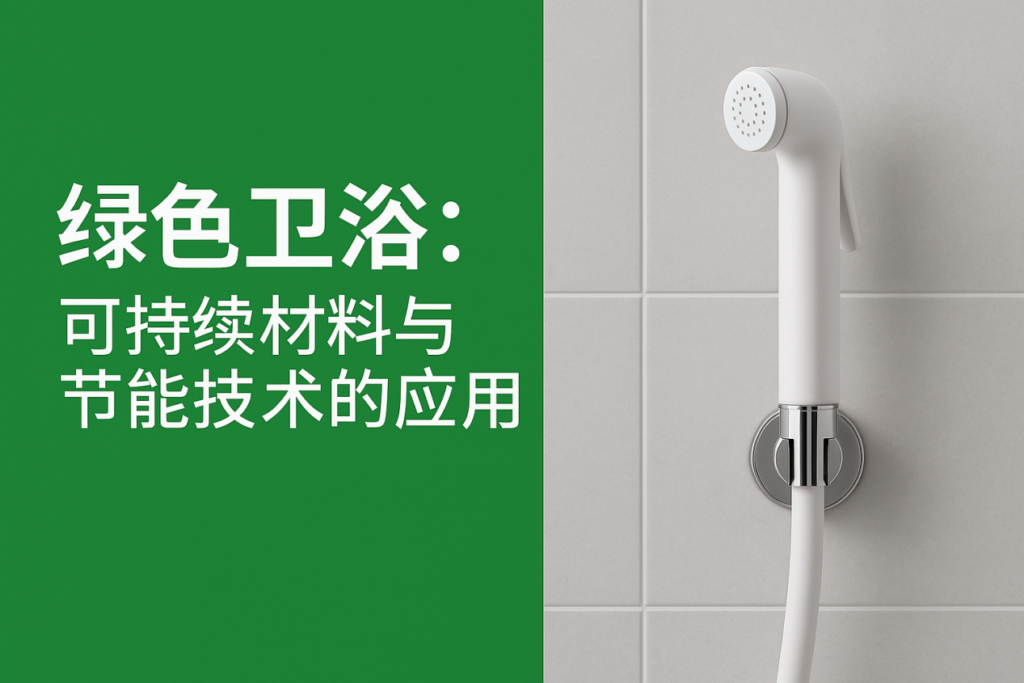Title: The Rise of Eco-Friendly Bathrooms: Sustainability Trends in 2025
Intro:
As environmental awareness grows globally, the bathroom industry is stepping into a greener future. Consumers are now looking for more than just style—they demand sustainability, efficiency, and smart design. So what does an eco-friendly bathroom look like in 2025?
1. Sustainable Materials Take Center Stage
Manufacturers are embracing materials that are kinder to the planet. From recycled plastics in shower heads to low-carbon ceramics in toilets and basins, the focus is shifting to products that reduce environmental impact without compromising on quality.
Examples:
Recycled ABS plastic for shower heads and accessories
FSC-certified bamboo shelves or cabinets
Water-based, non-toxic surface coatings
2. Water-Saving Technology Is No Longer Optional
With water scarcity becoming a pressing global issue, water-saving products are in high demand. In 2025, many governments are tightening regulations, and consumers are becoming more conscious of their water usage.
Popular solutions include:
Aerated shower heads (mix air and water for high pressure, low flow)
Dual-flush toilets
Touchless faucets
Smart thermostatic mixers
3. Energy Efficiency Meets Bathroom Tech
Sustainable design isn’t just about saving water—energy-efficient heating and lighting is also a major trend. LED mirror lighting, quick-heating water systems, and solar-powered ventilation are all gaining traction in eco-bathroom setups.
Why It Matters for Businesses
Eco-conscious consumers are driving this shift. Offering sustainable bathroom solutions doesn’t just help the planet—it builds trust, enhances your brand image, and taps into growing demand across key markets like Europe, the Middle East, and North America.
Conclusion
From materials to mechanics, sustainability is reshaping the future of bathroom design. Whether you’re a manufacturer, distributor, or designer, investing in eco-friendly products is no longer optional—it’s essential.

